Now Reading: Hyundai boss calls new brands “a big risk”, Toyota and Mazda “in big trouble”
-
01
Hyundai boss calls new brands “a big risk”, Toyota and Mazda “in big trouble”
Hyundai boss calls new brands “a big risk”, Toyota and Mazda “in big trouble”

Hard word on rival brands as hybrid and EV-rich Hyundai prepares for life under NVES emissions laws, while fighting with scores of rivals.
Hyundai Motor Company Australia (HMCA) chief executive officer Don Romano may only have been in office for seven weeks – but the Canadian-born with 40 years in the automotive industry is establishing a reputation for straight talk when it comes to rival brands.
Romano is the first non-Korean to be appointed CEO at HMCA. Previously chief executive of Hyundai Canada, Romano was hand-picked by global Hyundai president Jose Munoz to serve for three years in Australia.
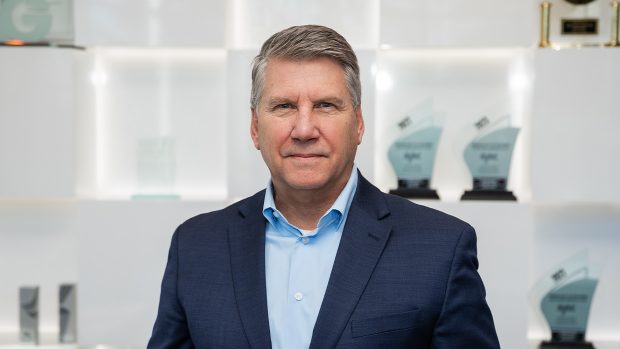
Top of Romano’s list is reversing HMCA’s slow sales decline from over 100,000 annual sales to around 75,000 – and his priorities are putting launch plans in motion for a dual-cab ute, building dealer confidence, and spending more to market why Australians should buy a Hyundai.
Australian new car buyers are now well-acquainted with an onslaught of new models from new and unfamiliar brands – many of them from China, and most of which undercut legacy manufacturers like Hyundai on price.
In a wide-ranging interview with Chasing Cars, Romano dispensed with the idea that Hyundai will be able to slash prices to undercut Chinese cars in Australia and revealed that he would be backing in the South Korean manufacturer’s reputation for quality and certainty.
New brands “a big risk” as many won’t last, Romano claims
In the context of the launch of the Hyundai Inster small electric SUV, which retails for $39,000 plus on-road costs in Australia when the larger and more powerful MG4 hatch is sometimes sold for $35,000 driveaway, we asked Romano – why spend more on a Hyundai?
“Why? Because it’s the assurance that we are going to be there,” Romano said, before pointing to close parallels to the early 20th century.
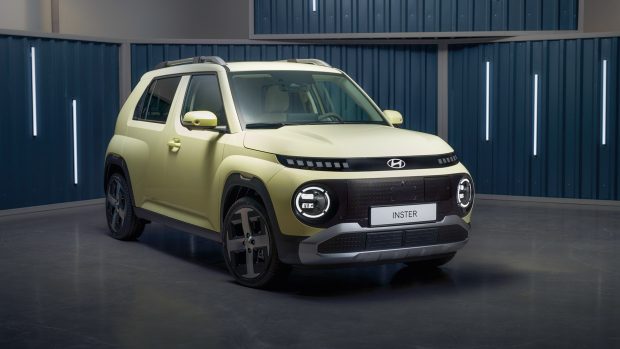
“All these brands aren’t going to be able to succeed. There was a proliferation of auto brands in the United States when the industry first started. Names like Plymouth and Pontiac no longer exist. I can guarantee that all these brands you see, they are not all going to last.
“That represents a big risk (to the customer),” Romano said. “Who is going to be there when the car breaks down? What is it going to be worth? With Hyundai, you know. We are the fourth-largest manufacturer in the world and…we are going to be there in the future.”
Toyota and Mazda are “in trouble” under NVES emissions laws
Before joining Hyundai Canada in January 2014, Romano worked at Mazda – where he was instrumental in that Japanese brand’s well-known ‘Zoom-Zoom’ campaign as US chief marketing officer. The Canadian has also been an executive at Nissan.
The 40-year veteran of legacy manufacturers has a strong view about how Australia’s two best-selling carmakers will fare under Australia’s New Vehicle Emissions Standard (NVES) laws – and the prognosis is not good.
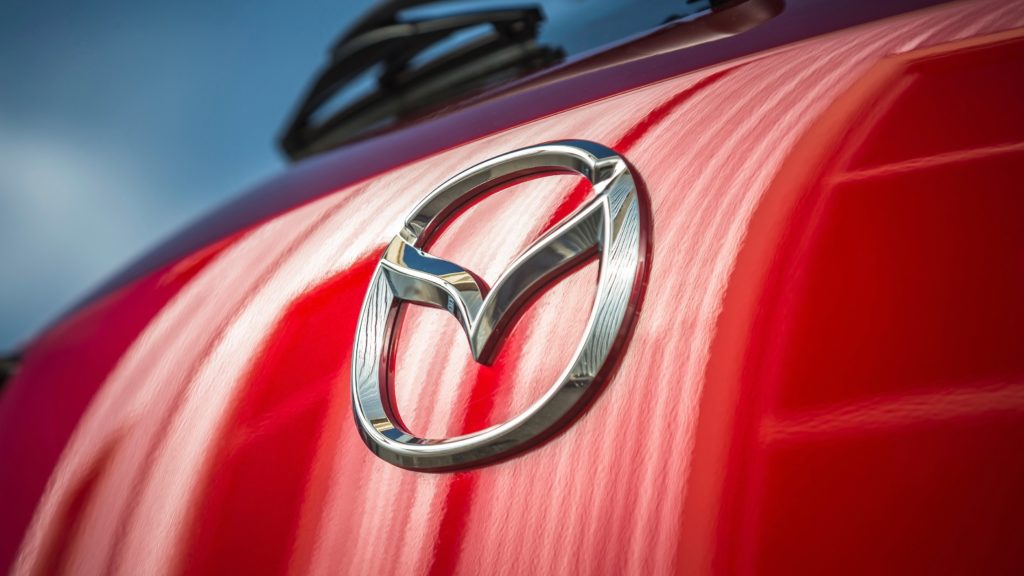
Romano thinks Hyundai has a good shot at weathering life under the spectre of NVES and his eyes are set on Toyota.
“My goal is to look forward through the windshield, not the rearview mirror. I look at Toyota. I spent a good part of my life with Mazda. They’re also ahead of us. But both of them are in trouble with the NVES.
“Unless (the NVES) changes, there are going to be some changes in the marketplace. I don’t want to be one of the changes that is on the bad side. I think we can stay on the good side.”
NVES laws were introduced by the Albanese Labor government which was re-elected this month, firming expectations among senior carmaker executives (including Romano) that the policy will remain in place and will not be watered down further.
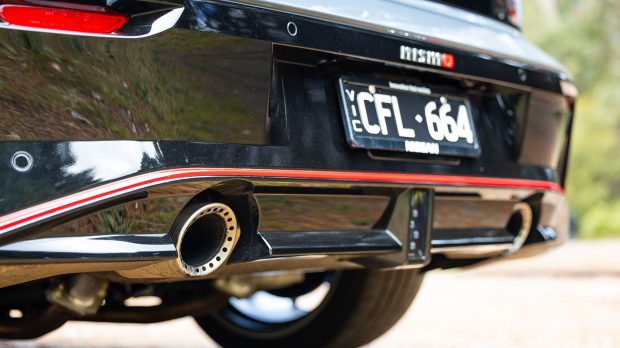
NVES penalises carmakers that sell too many high-CO2 vehicles in a given year – but penalties can be completely offset if a manufacturer sells enough low-emission vehicles such as EVs, PHEVs, and full hybrids.
Romano was keen to remind Chasing Cars that Hyundai is number-two for sales of hybrid vehicles in Australia – behind Toyota – and that it also sells a considerable number of full EVs locally, where Toyota is struggling globally.
“(Hyundai Australia) is actually one of the better-shaped companies when it comes to NVES compliance. That’s not to say we are in great shape—no company is unless you only make EVs—but we are in a position that we have some of the best shape,” Romano told media.
Key lieutenant Andrew Tuitahi, HMCA director of marketing and product, confirmed that “this year, (Hyundai is) looking good” for avoiding a penalty under NVES. 2025 limits are 141g/km for cars and SUVs and 210g/km for light commercial vehicles (including most utes).
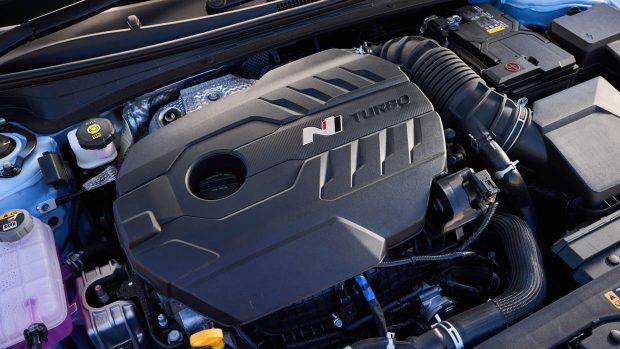
Hyundai does not currently have a ute dragging up its ‘fleet average’ CO2 emissions in the way most other mainstream manufacturers do—something that hinders Hyundai’s overall sales volume but gives it enormous assistance in meeting the NVES CO2 limits.
Romano plans to solidify plans to launch a Hyundai dual-cab ute in Australia during his tenure, seeing it as pivotal to sales success locally, but he is pushing for that ute to be a hybrid or PHEV so that it does not negatively contribute to the Korean brand’s NVES accounting.
Quality and certainty cost more, according to Hyundai
As Hyundai prepares to announce that it will adopt a longer seven year, unlimited kilometre warranty in Australia, the South Korean manufacturer maintains its most expensive range ever in simple dollar terms—and Australian sales have dropped from 102,004 in 2025 to 77,432 in 2024.
Under previous leaders, HMCA concentrated less on outright sales volume, and more on a long-term project to migrate customers to more expensive (and profitable) high-trim variants and N models, while reducing reliance on lower-margin fleet and rental sales.
That migration did occur, with top-tier Hyundai variants and performance trims now accounting for a healthy share of sales, but the considerable 25 percent drop in annual deliveries in less than a decade caught the attention of senior leaders in Korea.
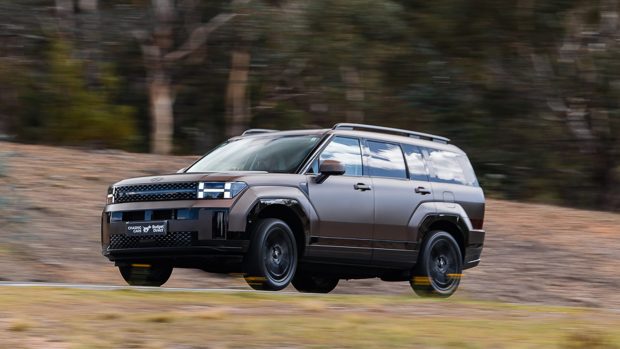
Romano, an ally of global president Munoz, has been sent with the explicit instruction to, in his words, “stop the decline—not to go right up to 100,000, but to start growing again.”
“We are looking at Australia, globally, as a kind of incubator for what happens when 70 different brands converge on one country and how (Hyundai) handles itself. That is a challenge.
“The new entries—some of them will succeed, some of them will fail. I think some of the traditional OEMs will succeed and some will fail. My goal is to keep (Hyundai) on the success side of the equation. To me that means growth, but not rapid growth.”
Romano told Chasing Cars that maintaining quick, high-quality parts distribution, customer care and warranty support costs money: “there is a premium that comes with that,” he said.



















































